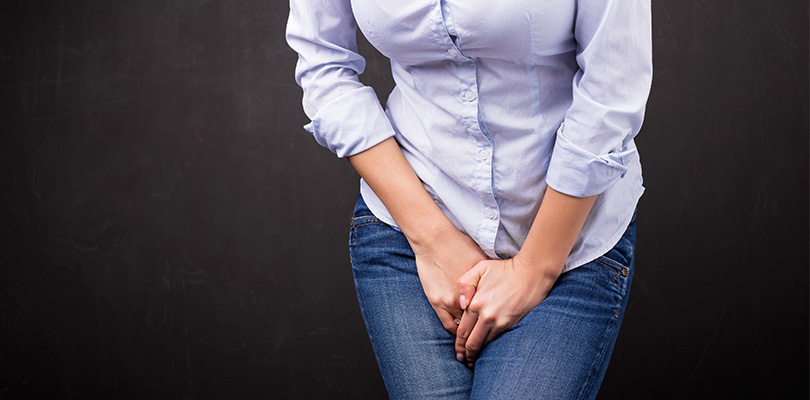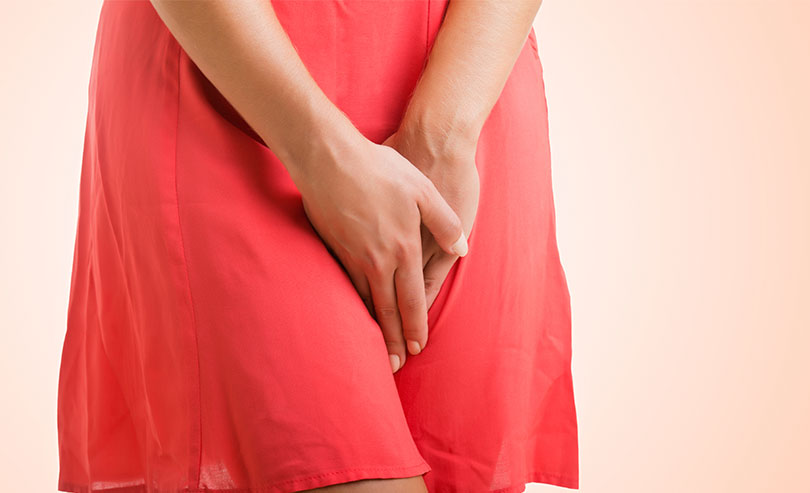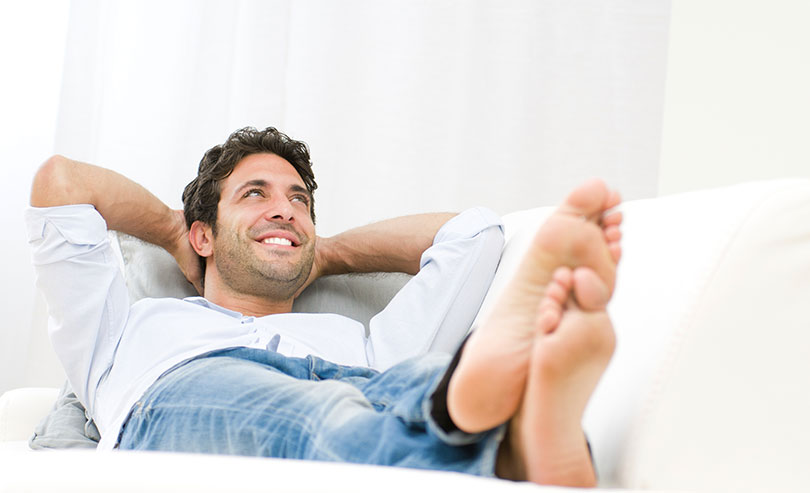Yoga for Overactive Bladder
Overactive bladder (OAB) is a collection of symptoms, but most people with OAB suffer from various bladder control issues such as urinary frequency and urinary incontinence.
According to Phoenix PT, approximately 25 million Americans suffer from some form of urinary incontinence. Of this 25 million, 75% to 80% are women. Though urinary incontinence is most common in women who are over 50, approximately 24% of women between the ages of 18 and 44 experience some type of symptom too.
Overactive Bladder Symptoms
There are a variety of symptoms that may signify that you may be experiencing OAB. These symptoms might include: the urge to urinate, loss of urine control, frequent peeing during nighttime and frequent urination. If any of these symptoms apply to you, it would be good to discuss this with your doctor.
What Causes Overactive Bladder?
OAB causes the muscles of the bladder to contract involuntarily. This occurs even when the volume in the bladder is low. When this occurs, there is an urgent need to urinate.
These various medical conditions may cause OAB:
- Diabetes
- Stroke
- Multiple sclerosis
- Urinary tract infections
- Hormonal changes, such as menopause
- Tumors or bladder stones
- Enlarged prostate gland
- Constipation
How to Prevent Overactive Bladder
Practicing a healthy lifestyle can reduce the risk of experiencing OAB symptoms. If you smoke, it would be smart to quit. Also, make sure to maintain a healthy weight, get lots of exercise and limit your alcohol and caffeine intake.
There are a few ways in which alcohol impacts overactive bladder symptoms.
An Overview of Yoga
Yoga, created from the Sanskrit word “yuj”, means “…to yoke or bind, and is often interpreted as ‘union’ or a method of discipline.”
People in the U.S. and Canada download apps, follow YouTube classes and join yoga classes in studios or gyms. We’re perfecting our crow pose or resting in savasana. We’re practicing asana, or the physical postures of yoga.
However, there are eight limbs of yoga:
- Yamas (restraints)
- Niyamas (observances)
- Asanas (observances)
- Pranayama (breath)
- Pratyahara (withdrawal of senses)
- Dharana (concentration)
- Dhyani (meditation)
- Samadhi (absorption)
Depending on your own personal practice, the typical person may only be practicing asana, pranayama and dhyani.
How Can Yoga Help Overactive Bladder?
It is no secret that the physical practice of yoga is not only beneficial for our mental health, but also for our physical health. There are various yoga postures that may be helpful in improving OAB symptoms.
Cobbler’s Pose
Cobbler’s pose is often performed during the warm up or cool down portion of a yoga practice, but it can be done anytime you feel like you need a good stretch. This pose benefits the bladder because it improves circulation in general. It also promotes circulation to the pelvis because of how the stretch is performed; because of the blood circulating to the pelvis, the nerves are better oxygenated.
Here’s how to perform Cobbler’s pose:
- Sit on the floor or a mat, stretching the legs forward.
- Bending the knees, bring the soles of the feet together. With a straight back, grab the big toe and pull the feet as close to the perineum as possible.
- Hold the pose for one to three minutes.
- This pose is similar to butterfly pose, but the outside of the legs should remain on the ground.
Reclined Wide-Legged Pose Variation
This pose helps with pelvic contractions, improving pelvic strength and bladder control. Not only does it assist with strengthening the pelvic floor, it can be incredibly relaxing, especially if you allow yourself time to rest.
Here’s how to perform reclined wide-legged pose:
- Bring a mat flush to the wall. Lie on the mat with the buttocks against the wall, allowing the legs to extend upwards. Your body should be in an L shape.
- Place the hands on the low belly, spread the legs and inhale while the lower abdomen relaxes along with the pelvic floor.
- While exhaling, bring the knees back together.
- This exercise should be performed 10 times.
Chair Pose
Chair pose builds strength in the pelvic floor while focusing on stabilization and alignment.
Here’s how to perform chair pose:
- Grounding your feet into your mat or the earth, look down to ensure that your ankles and knees are aligned.
- Tuck your tailbone in, pull your belly button into the spine and slowly bring your bottom down to a sitting position.
- While “sitting”, your head should be in line with your pelvic floor.
- Gradually bring your arms up, palms facing each other.
- Hold for several breaths, then release, coming forward into a forward fold.
Talk to Your Doctor
If you experience the mentioned symptoms and believe you suffer from OAB, make sure to talk to your doctor so they can guide you in the proper course of treatment.







